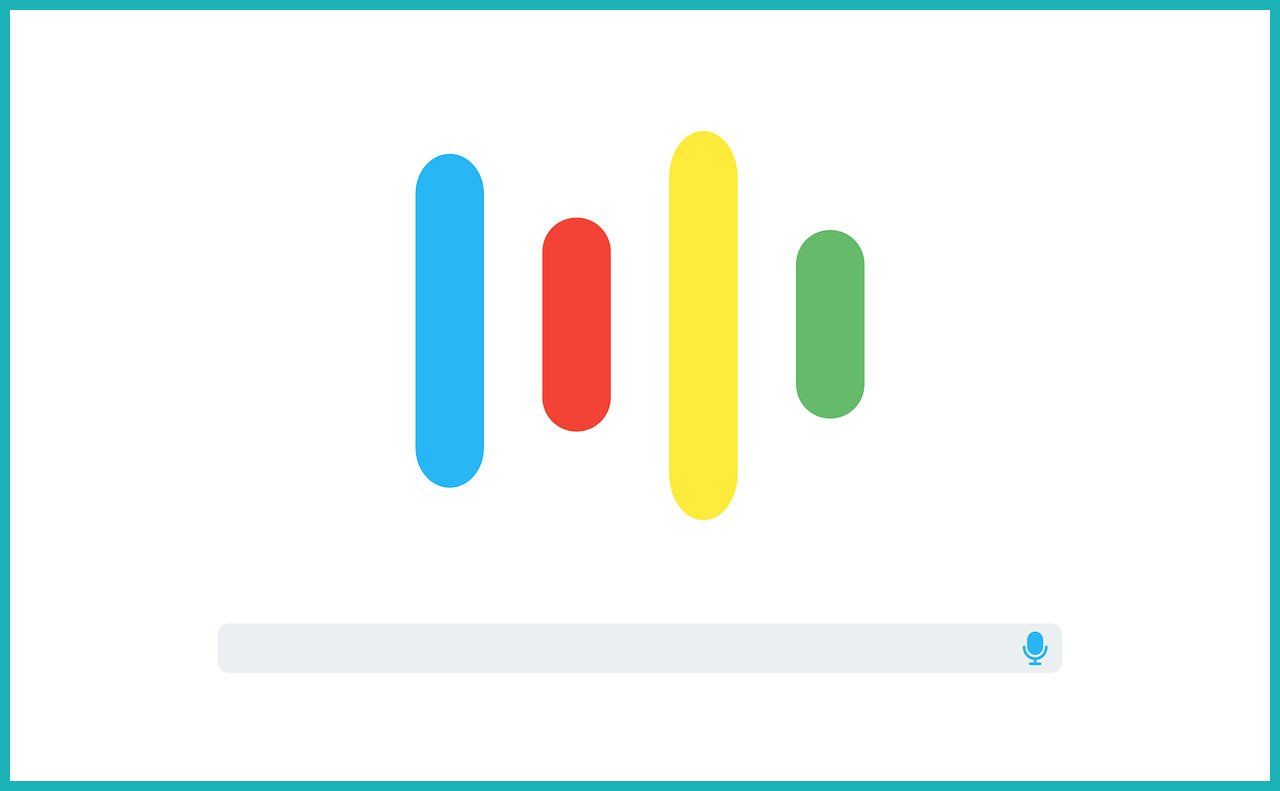Google unveils new ad formats this week at Google Marketing Live

Google unveiled a series of new ad formats this week at Google Marketing Live, with an increased focus on measurement and actionable insights.
Consumers are routinely interacting with small screens and voice services. Digital assistants have become a mainstream tool, and more of those assistants are designed with small-screen displays. So it’s no surprise that Google is focused on creating a richer digital ad experience across voice and mobile devices.
Google is addressing the evolution of voice and creating ad experiences that render natively across all Google properties. This week they introduced Discover Ads, which will be packaged into a single toolset within Google Ads. Discover Ads will feature swipeable images and will display in the YouTube home feed and other Google channels.
Gallery Ads will display at the top of Google search results, and will feature 4-8 images with 70-character captions. Gallery Ads will serve as a more interactive ad format within search, and will also have deep linking capabilities to track campaigns across both web and apps.
Re-cutting video from television into shorter, web-based clips can be costly for advertisers. Google tested and created a tool to cut long-form video into 6-second ads optimized for mobile viewing. The tool, Bumper Machine, uses machine learning to optimize messaging, and will offer basic editing tools within the Google Ads platform.
Woven throughout the event, Google executives expressed an increased focus in measurability while protecting consumer privacy. Advertisers will have access to more actionable insights and a better understanding of the entire customer journey across marketing channels. At the same time, Google promises to give consumers more control over their data.
For the full Google Marketing Live Keynote, click here.
These new ad formats will be available later this year, and Phase 3 Digital Agency will continue to keep you up-to-date on the latest, tested ad units.










